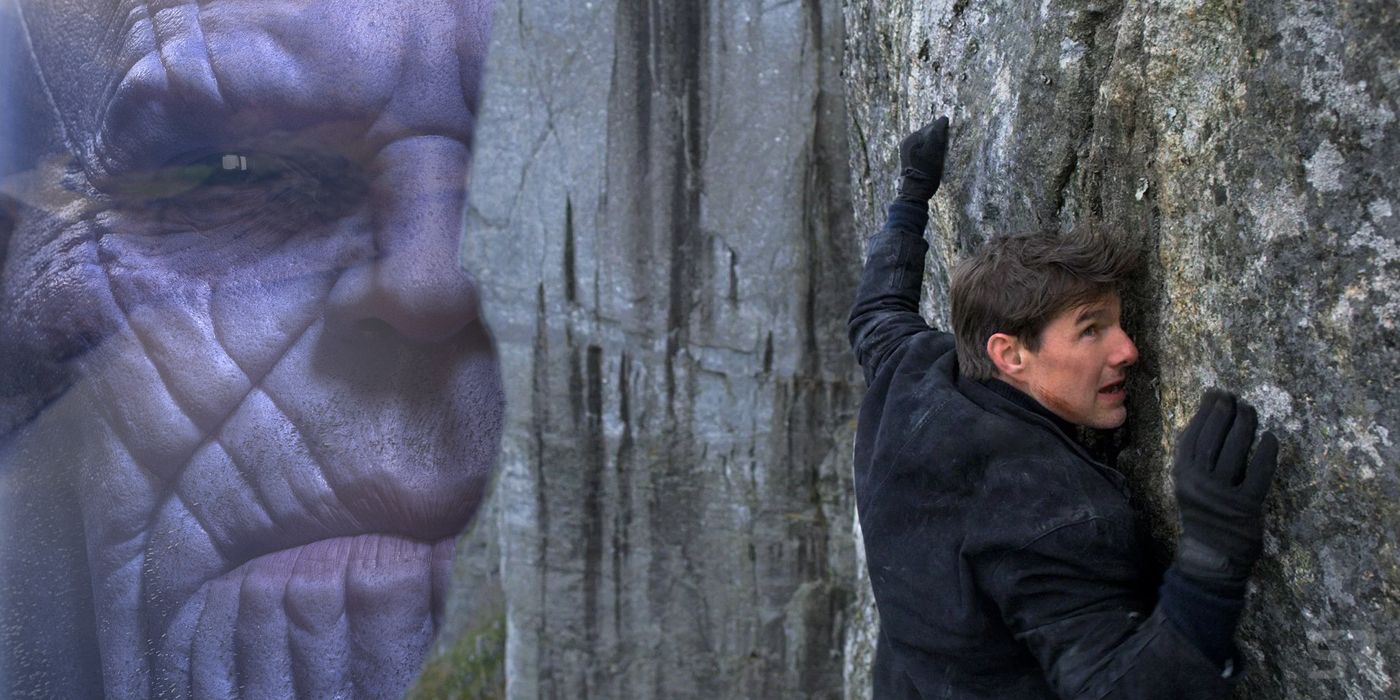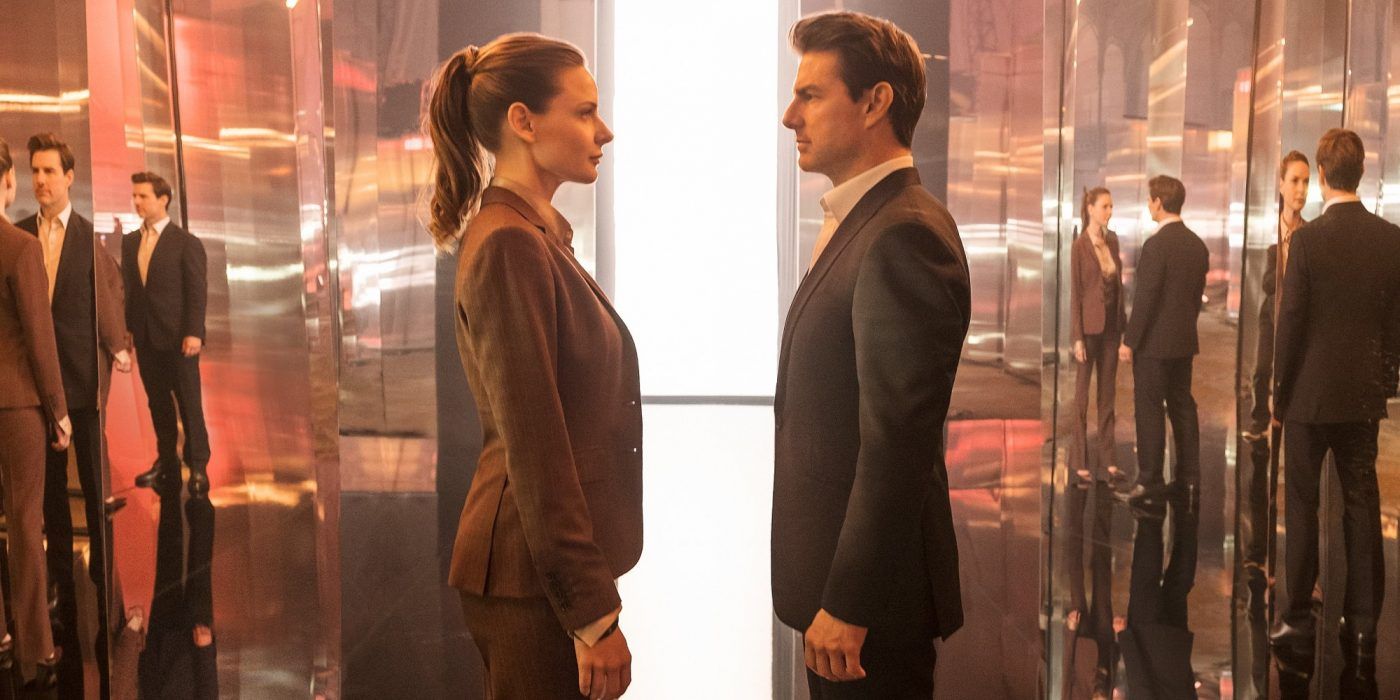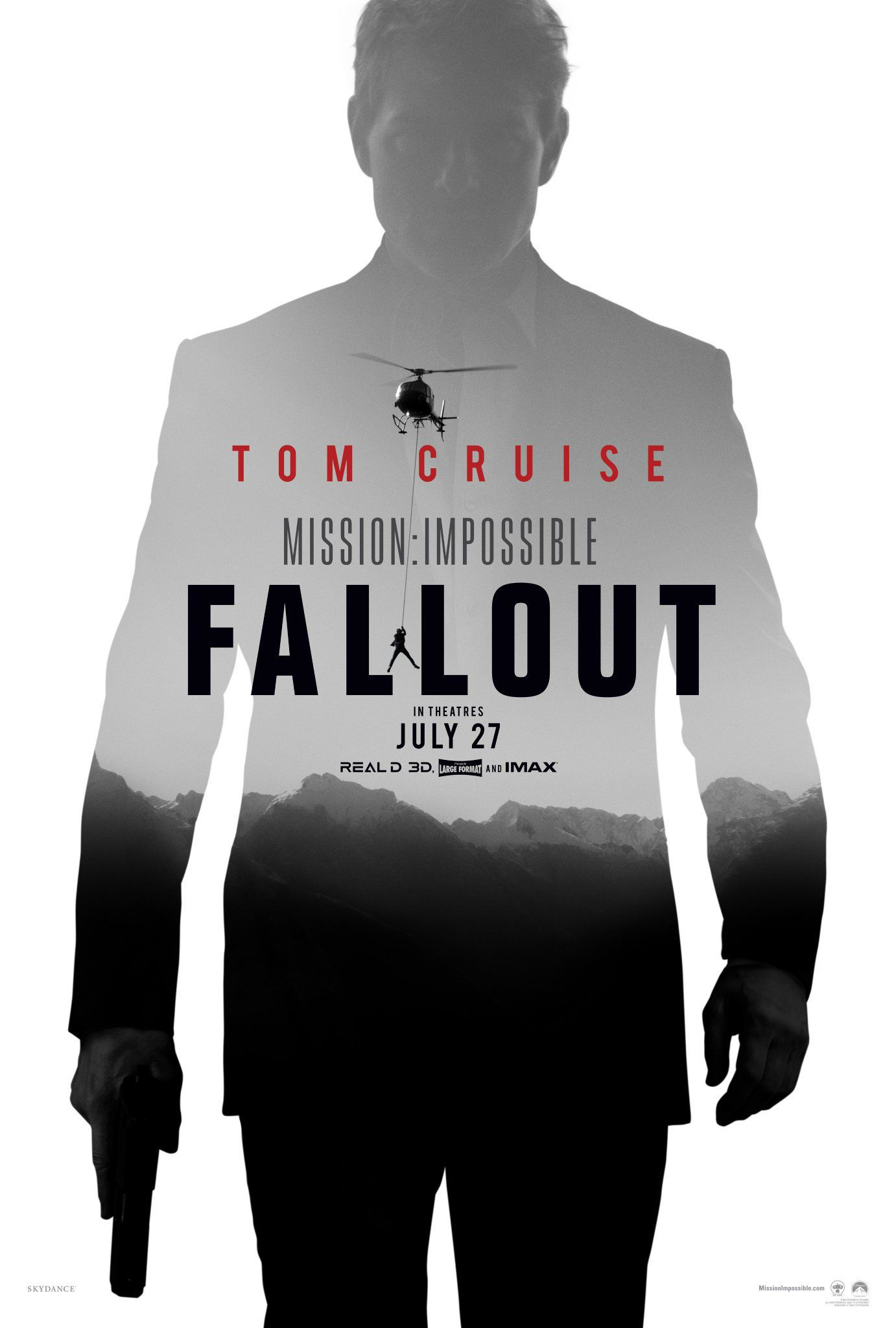Mission: Impossible - Fallout doesn't have a post-credits scene and it doesn't need one. In fact, none of the films in Tom Cruise's signature franchise have ever relied upon a stinger at the end. When a Mission is completed, it's over. Fans can exit the theater or choose to stick around at least for a while to get pumped up by the iconic theme music originally composed by Lalo Schifrin, but there is never a tag to set up the next world-saving adventure by Ethan Hunt - and there are a few good reasons for this.
Post-credits scenes have long been a part of movies, though Marvel Studios' shared universe model has elevated them into something fans expect from blockbuster franchises. While many embrace stingers, some, like Logan director James Mangold, dislike end-credit scenes and consider them a form of "cheating". As the star and producer of Mission: Impossible, Tom Cruise and the directors he hires (in the case of Fallout and the prior film, Rogue Nation, Christopher McQuarrie), haven't come out on either side of the issue, but Cruise has never used a post-credits scene for his spy series.
Related: Mission: Impossible - Fallout's Ending: The Reframing Of Ethan Hunt Explained
One reason why Mission: Impossible doesn't use stingers is that it doesn't follow the shared universe model. There are no spinoffs or side adventures about other IMF characters to set up. Mission: Impossible is completely about Ethan Hunt and his team. And fans only get to see Ethan every few years; since the franchise launched in 1996, the average wait time in between Mission films has been 4-5 years (the six years between Mission: Impossible II and III was the longest gap while three years between Rogue Nation and Fallout was the shortest). Considering Fallout's box office success and stellar reviews, Mission: Impossible 7 is a certainty, but expect to wait a few years for it nonetheless.
Because the series isn't planned out in advance (before Fallout, no director had returned to the franchise), there's no way an end-credits scene could satisfyingly tease Ethan's next adventure. Indeed, Mission: Impossible films are usually built around what new ideas Tom Cruise has for death-defying stunts, with the story constructed around those action set-pieces. The lone exception was in Mission: Impossible - Ghost Protocol; the final moments of that film had Ethan receive an audio briefing setting up the Syndicate, who were the villains of the next film, Rogue Nation. However, that scene closed out the film and came before the end-credits (and was vague enough it wasn't really a plot promise).
A post-credits tease wouldn't really fit Mission: Impossible anyway, given the films' loose continuity. Yes, all of the films do happen in chronological order and Ethan Hunt is an IMF agent who has aged in real time, but it's only in the latest three films that connections have been drawn; the events of Ghost Protocol were referenced in Rogue Nation, and key characters from Mission 5 returned to play vitally important roles in Fallout. Meanwhile, Ethan's ex-wife Julia (Michelle Monaghan), introduced in Mission: Impossible III, has been a pivotal figure in Ethan's life, despite how they are forced to never be together. Even with that, each movie stands alone.
Instead of post-credits scenes, Mission: Impossible does something unique: the opening credits contain non-stop spoilers for the film fans are about to see, set to the iconic theme. Once the fuse is lit, a barrage of moments-to-come play out until the movie properly starts. Once the film is over, the fuse is lit again and another montage begins, repeating the credits and showing highlights of events fans just saw - a final bow for the triumphant Ethan Hunt and the IMF.
Related: Mission: Impossible Is Now Better Than James Bond
From then on, the fans' mission, which they have no choice but to accept, is to wait with fevered anticipation for the next Mission: Impossible.



